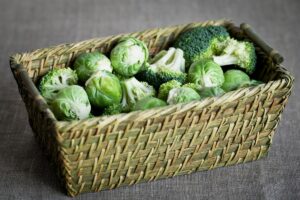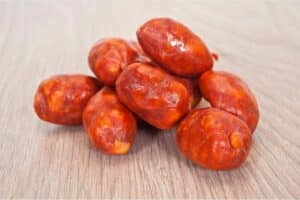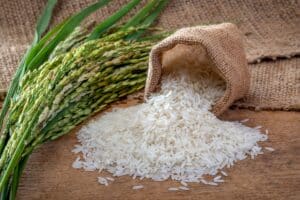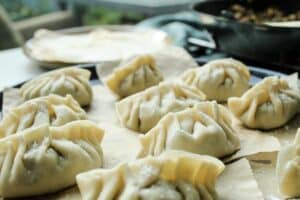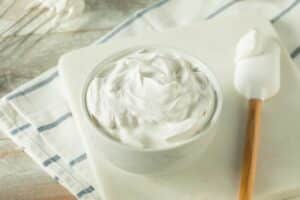Even though they are both delicious, roti and naan are prepared with different ingredients and methods that give each of them a distinct taste and texture. Roti is a flatbread that looks like a tortilla, while Naan is a dense, puffed-up flatbread.
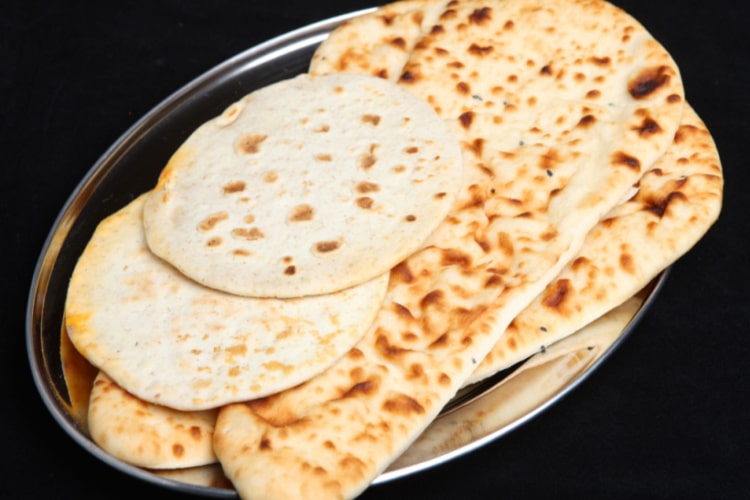
See also: Where to Find Garam Masala in the Grocery Store (Quick Guide)
They Are Different in Appearance
Roti and naan are easy to distinguish by their looks. Roti is a flatbread that resembles tortillas. It’s unleavened and light because it doesn’t have any extra bread filling.
Naan, on the other hand, is denser and puffier. It’s also heavier than roti. The thickness of naan may vary, depending on how it’s made, but it’s always thicker than roti.
They’re Made of Different Flours
Roti and naan are made from different kinds of wheat flours.
Roti is traditionally made from atta flour. This is a wholemeal flour made from pulverized wheat. You can substitute atta with other flours to make other types of roti.
On the other hand, Naan is made from a finely milled pastry flour that’s called maida in Hindi. Maida flour has a very powdery texture that lends well to baking, and is also known as cake flour. .
Two Different Cooking Methods
Even though they are both flatbreads, roti and naan are prepared very differently.
Roti dough is prepared by combining water, salt, and whole-wheat flour. The trick is to use a rolling pin to make the dough as thin as possible.
The dough can be cooked on a hot skillet that has been greased with butter or ghee. Traditionally the roti is cooked on Tawa, which is a cast iron pan that looks like a crepe pan.
Roti takes about 40 seconds to cook so you need to make sure that you flip it at the right time. Naan, on the other hand, is more of a delicacy.
You start preparing the dough by mixing milk, yeast, some salt, and, most importantly, some sugar to feed the yeast.
You then add flour to this mixture and knead until the dough reaches a soft consistency. You will need to let it rest for 35-45 minutes. Naan is traditionally cooked over charcoal or wood fire in a tandoor-style oven.
However, since those are hard to come by nowadays, you can also cook it on a dry and heated skillet or on a stove top.
They Are Usually Paired With Different Dishes
Roti and naan taste very different as a result of the difference in their ingredients and preparation methods. However, what truly sets them apart is the dishes they accompany.
Since Roti is thin, it’s perfect for wrapping kebabs or grilled vegetables. You can also make different versions of roti; its flavor profile is very versatile. You can make missi roti with chickpea flour or akki roti with rice flour.
Naan has a bread-like texture and is pillowy enough that you can stuff food in it like a sandwich. Any type of rice dish, curries, and tandooris pair well with naan.
Naan is usually enjoyed plain, however, you can also brush some butter or garlic on it as you’re making it.
Differences Between Roti and Naan Preparation and Nutritional Values
| Preparation Time | Main İngredients | Dough Resting | Cooking Time | Can You Reheat it? | Calorie (Per serving) | |
| Roti | 10 minutes | flour, water, salt, oil for the skillet or the tawa | Dough doesn’t need resting as it doesn’t contain yeast | 15 minutes | Yes you can. | 68 calories |
| Naan | 15 minutes | flour, yeast, salt, water, sugar, oil | You should rest the dough for at least 45 minutes. | 20 minutes | No you can’t (It wouldn’t taste the same) | 400 calories |
Origins of Roti
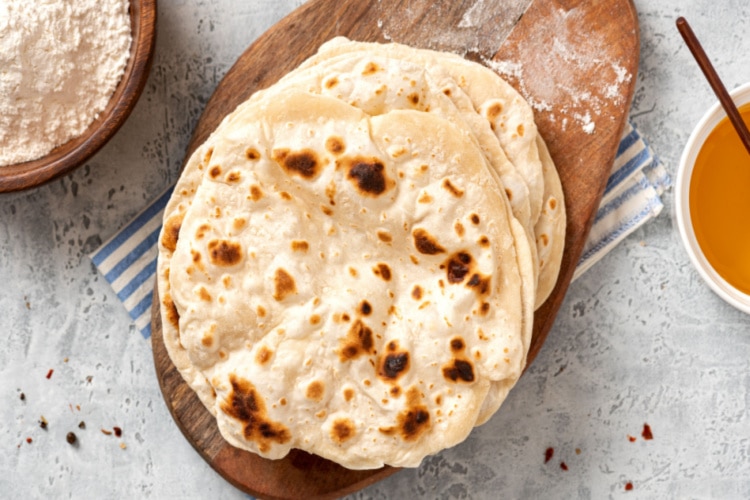
Even though roti is essential for Indian cuisine, there are many theories regarding where it originated from. Some say the recipe comes from Persia, but that the original roti was a bit thicker. Some say it was from East Africa where there was an abundance of wheat and thus wheat flour.
The recipe came to India around 6000-7000 years ago, with the introduction of wheat to the mainland. It’s hard to pinpoint how roti was invented but it’s safe to say that it’s a part of the collective culinary history of this part of the world.
Origins of Naan
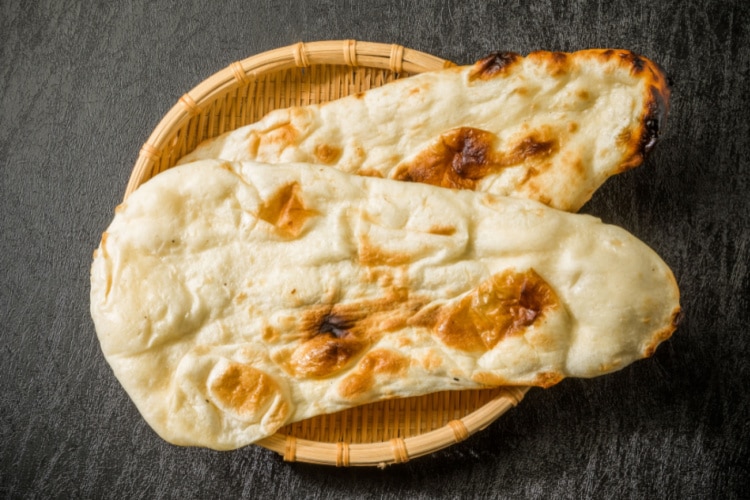
One of the first records of naan comes from a description made by a Persian-Indian poet whose writings date back to 1300 AD. The name itself is a descendant of the Persian word for bread.
Apparently, there are records of two types of naan served in the Imperial Court in Delhi. One is naan-e-tunuk, which means light bread. The traditional naan that was cooked in tandoor oven was called naan-e-tanuri.
Traditional naan has a tear-like shape because the dough is draped on the walls of the tandoor oven to be cooked. This type of naan was usually eaten by the higher castes because only richer households had tandoors.
Which Is Better?
It’s easy to see that roti and naan are quite different. Both are good supporting foods that make your meals more enjoyable and more filling, but they excel at different things.
If you are looking for a light bread that doesn’t overpower the main dish and is easy to make, you should opt for roti. Roti is a great supporting dish for any type of soup, salad, or dip. It’s also a better wrap option than naan as it’s unleavened.
If you are looking for a denser bread, then you should opt for naan. It holds up better than roti and can be stuffed with a filling. It’s a slightly leavened bread made with yeast, which makes it more voluminous.
Both options are delicious. You should try them both and see for yourself how you can incorporate them into your meals. Bon appetit!

